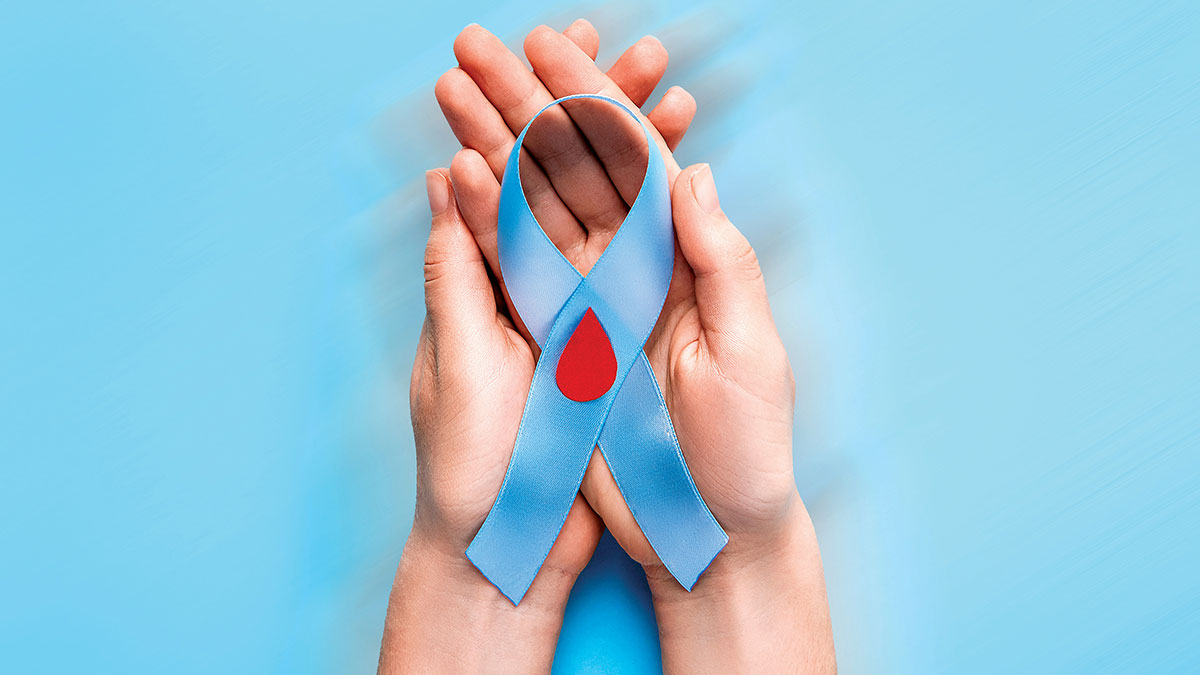World Diabetes Day
Keeping diabetes at bay on World Diabetes Day: Stay safe by recognizing the risks

Global November 09, 2022
Nov. 14 also marks the birthday of Sir Frederick Banting, who co-discovered insulin in 1922.
Diabetes is one of the top 10 causes of death globally, according the World Health Organization, and is highly prevalent in the Middle East.
There are two types of diabetes. Type 1 causes the level of glucose (sugar) in the blood to become too high, because the body does not produce enough insulin (which controls blood glucose). Type 2 diabetes is more common, and occurs when insulin is present in enough quantities, but doesn’t work properly. Again, this means the level of sugar in the blood is too high.
Individuals with diabetes should follow exercise, diet, and medication plans or risk serious complications, including damage to nerves and blood vessels.
About World Diabetes Day
Nov. 14: Every year World Diabetes Day raises awareness of a condition that affects more than 500 million adults, worldwide.
Signs and symptoms
Common symptoms of diabetes include: excessive thirst or hunger, frequent urination, weight loss, fatigue, changes in vision, slow-healing cuts or infections, and persistent itching of the skin.
Health care providers can check blood glucose levels via a blood or urine test. If diabetes is diagnosed, it can be controlled by keeping blood glucose levels within a normal range. The treatment and management of diabetes varies from patient to patient. Health care providers and diabetic care teams will decide what form of treatment is best.
The success of treatment depends largely on the patient. Knowing how to control glucose levels and doing so can enable individuals to enjoy healthier lives.
In control
Diabetes can be controlled by eating correctly, exercising, monitoring blood glucose levels, taking prescribed medications, and becoming more informed about the condition.
Following a healthy diet may require changing what is eaten, how much is eaten, and how often food is consumed. But there are many healthy and tasty food options.
Exercise helps people with diabetes in many ways. It lowers glucose levels, helps weight loss, and can maintain a healthy heart and circulation. In addition, exercising helps relieve stress and strengthens muscles.
Too high or low
In cases of very high blood glucose levels that do not respond to diet and exercise plans, medication may be needed and health care providers will advise on the best course of action.
Efforts to control diabetes may result in blood glucose becoming too high or too low. Both instances should be taken seriously. Too much sugar in the blood is known as hyperglycemia. Signs of hyperglycemia include: dry mouth, thirst, frequent urination, blurry vision, fatigue or drowsiness, and weight loss.
High blood glucose may be abated by drinking water or other sugar-free liquids. If blood glucose remains high, it is advisable to notify a health care provider who may refer an individual to hospital.
Hypoglycemia occurs when too little glucose is present in the blood. Signs of hypoglycemia include: sweating, shaking, nervousness, hunger, dizziness, faintness, pounding heart, confused thinking, impatience, numbness of lips and tongue, headache, blurred vision, and slurred or slowed speech. If not treated, low blood sugar can lead to fainting or seizures.
Low blood sugar can occur quickly and be life threatening. It may be remedied by immediately eating or drinking something containing fast-acting glucose. Examples include: glucose tablets, fruit juice, soda pop, hard candies, sugar, or honey. If symptoms do not disappear in 15 minutes or blood glucose remains too low, more doses of fast-acting sugar are necessary. Individuals should not drive or operate equipment if blood glucose is low.
A good combination
Properly controlling diabetes will help prevent damage to blood vessels and nerves. It involves a combination of diet planning, medication, exercise, blood glucose monitoring, and good hygiene.
See www.worlddiabetesday.org for more information.



